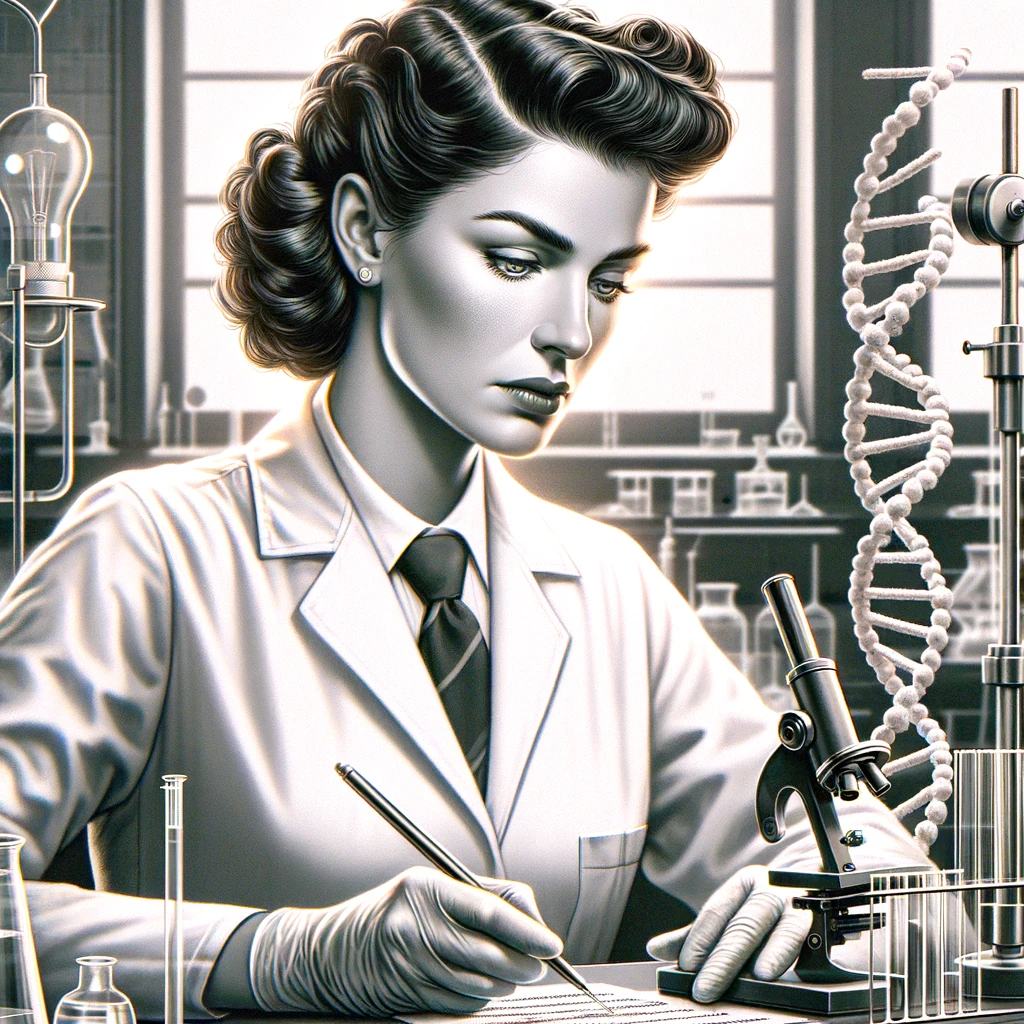
Welcome to Our Blog.
Insights and perspectives on fertility issues
and reproductive justice.

Rosalind Franklin - The Woman Behind DNA
Rosalind Franklin - The Woman Behind DNA

(b. July 25, 1920 Notting Hill, London. – d. April 16, 1958 Chelsea, London)
Born in Notting Hill, London in 1920, Rosalind Franklin is a leading pioneer in discovering the molecular arrangement of DNA, most notably its double helix structure, allowing scientists to theorize how genetic information is passed down from generation to generation.
Born into a family of wealthy Jewish socialites, Franklin’s early fascination with physics and chemistry set her apart from the politically involved and community service-oriented women of her family. From a young age, Franklin began constructing an impressive resume: At 21, she earned her Bachelor’s degree in natural sciences from the University of Cambridge; she went on to become an Assistant Research Officer, earning a Ph.D. from Cambridge for her work; and in 1942, her achievements earned her a position at a Paris research laboratory, where she was introduced to x-ray crystallography, releasing multiple publications that are, to this day, still used by the scientific community.
It was not until 1951, at the age of 31 working as a research associate at King’s College in London, that Franklin began applying her knowledge of x-ray crystallography to DNA samples. Quite impressively, Franklin was the only researcher at King’s College proficient in x-ray diffraction. Through meticulous work and by uncovering unique approaches of capturing x-ray diffraction images, she and her student, Raymond Gosling, identified the existence of two distinct DNA configurations: the A form and the B form. Each configuration yields a vastly different X-ray diffraction image which, prior to Franklin’s discovery, confused scientists attempting to determine the structure of DNA.
Through scrupulous experimental manipulation and by improving the techniques/ technologies used to image her samples, Franklin captured impeccably precise, unparalleled x-ray photographs of DNA’s molecular structure. She then used these images, along with her creative application of the Patterson function—a mathematical calculation that had never before been used for molecules—to successfully measure quantitative features of DNA and correctly infer its double helix structure.
Watson and Crick got a hold of Franklin’s DNA x-ray photographs and data, taking advantage of her discoveries to fill in the missing pieces crucial to their ultimate proposal of DNA’s molecular structure. On March 18, 1953, before Franklin had the opportunity to publish her findings, Watson and Crick submitted their own manuscript on the structure of DNA—a piece that failed to credit Franklin’s work adequately, though its existence would be impossible without her influence.
In 1962, Watson and Crick were granted the Nobel Prize in Physiology or Medicine. The ceremony failed to acknowledge Franklin’s monumental contribution. Here, at Positivf, we are proud to commemorate the historical achievements of women: Franklin’s revolutionary discoveries do not go unnoticed. Through her, we actively remember that “creativity is intelligence having fun” and are honored to encourage patients with her following words: “In my view, all that is necessary for faith is the belief that by doing our best we shall succeed in our aims: the improvement of mankind”
https://gilles.montambaux.com/files/histoire-physique/franklin-elkin-2003.pdf
https://www.jewage.org/wiki/en/Article:Rosalind_Franklin_-_Biography




